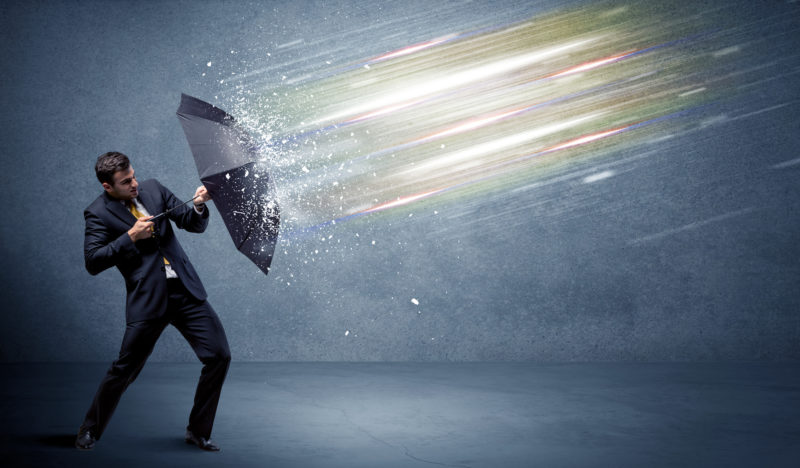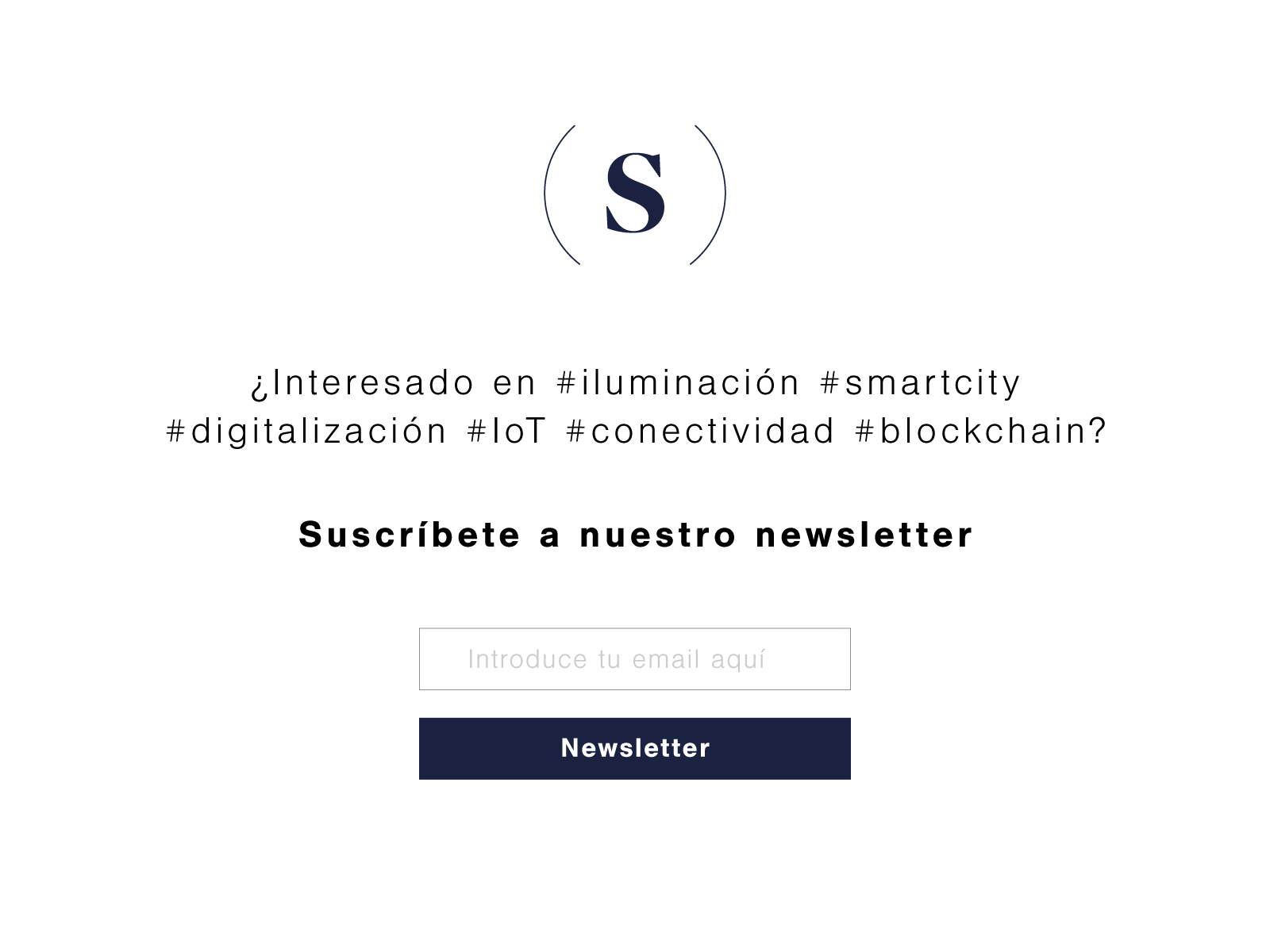The SCHEER confirms that exposure to UV-C lamps can cause skin and eye problems, but that more data is needed on long-term exposure to establish whether it can cause cancer.
The final Opinion on the «biological effects of UV-C radiation relevant to health with particular reference to UV-C lamps» focuses on the assessment of risks associated with UV-C radiation from lamps. Some key conclusions are:
- There are few studies of exposure to humans under normal conditions of use and insufficient data on long-term exposure to UV radiation from UV-C lamps. More data is needed on both the general population and workers’ exposure.
- Accidental acute exposure to high levels of UV radiation from UV-C lamps has been reported to cause eye and skin problems in humans. However, there is not enough data to establish above which exposure-level this type of damage can be caused.
- As DNA damage caused by UV-C radiation is similar to that of UV-B radiation, it is considered to be carcinogenic to humans. However, there is not enough data to establish whether this is the case for exposure to UV-C lamps per se.
Background
UV-C is ultraviolet radiation in the wavelength range of 280 to 100 nanometres. Most people have heard of the dangers of UV-A and UV-B exposure from the sun or from sunbeds. UV-C is also produced by the sun, but it is the shortest of the ultraviolet wavelengths and is almost entirely filtered out by the atmosphere before reaching the earth’s surface. The shorter the wavelength, the more impact ultraviolet radiation could have on human health.
Artificially-produced UV-C has been used successfully as a germicide and bactericide for decades. It can kill or disable micro-organisms like bacteria, viruses, mold and mildew, and doesn’t require the use of chemicals like chlorine. It is cheaper and more energy efficient than other methods of disinfection, using very little energy. Due to these advantages, UV-C is being used for an increasing range of applications, including for disinfecting air systems, wastewater treatment plants and air-conditioning systems. It is also used in food and beverage industrial processes and in hospitals to sterilise instruments, work surfaces and the air.
Although most appliances are sealed systems there is now increasing use of devices where consumers may be directly exposed to UV-C radiation.
Read Public Consultation



